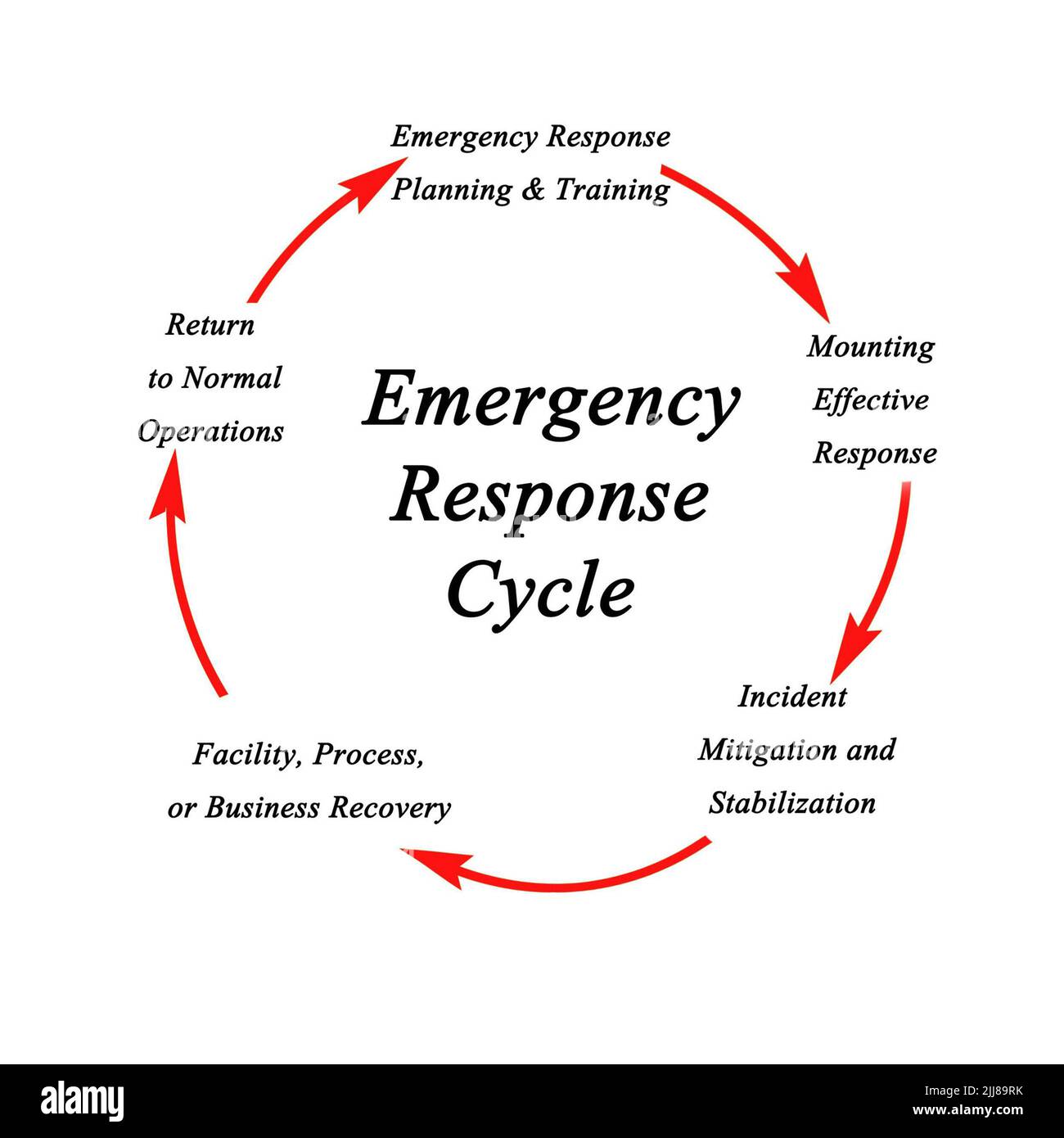
Student Emergency Kit with Water Pouches Unishield
Student Emergency Kit with Water Pouches Unishield
Yes, all food and water in the kit are shelf-stable and designed to last several years without refrigeration. Yes, the contents are stored in weather-resistant bags, ensuring they remain protected and usable in various conditions. Most kits are lightweight and portable, typically weighing between 10 and 20 pounds depending on the contents. Kits should be stored in easily accessible locations, such as near classroom doors or in a central emergency supply room, where they can be quickly grabbed during an emergency. Some advanced kits may include hand-crank or battery-powered radios to receive emergency broadcasts and updates during a crisis.
- Using the Weituo survival kit’s 250 items, you “can basically do anything that you need to do to survive with this item,” as one reviewer affirms — all for under $40.
- Yes, most kits include basic first aid items such as bandages, antiseptic wipes, and gauze pads to treat minor injuries.
- Getting intimate with a cactus isn’t (usually) a full-blown emergency, and neither is getting cranky because it’s a bit cold out.
- Dozens of useful tools that might otherwise take up too much space have been smartly edited into a handful of multi-functional workhorses.
- Our Go-Kit+ Bleed Control Version includes all the contents of the Standard Go-Kit with the addition of a 22 piece Trauma Kit with tourniquet to address traumatic bleeding emergencies.
Prepping isn’t just for preppers anymore—it’s time to get a go-bag
Some kits include whistles or other signaling devices to help people during emergencies communicate and send emergency notifications. Yes, most kits include basic first aid items such as bandages, antiseptic wipes, and gauze pads to treat minor injuries. The contents of the kits are usually stored in weather-resistant bags or containers to protect them from water, dust, or other elements.

What should be done with the kit after an emergency?
Some kits may include ID tags or cards or other tools to help identify students during an emergency or evacuation. The kits are designed to provide essentials for up to 72 hours, but extra supplies may be needed for longer emergencies. Most kits come in portable backpacks or bags that can be easily carried by staff or students during an evacuation. Yes, there are larger kits designed to support entire schools or multiple classrooms during extended emergencies. Many kits include basic first aid guides to help teachers and staff administer first aid if needed. Some kits include whistles, radios, or other communication devices to help signal for help or stay informed during emergencies.
Non-perishable items like blankets and first aid supplies can last indefinitely, but food, water, and batteries need to be replaced every few years. After an emergency, the kit should be restocked and any used or expired items should be replaced to maintain readiness. There were lots of active shooters or outside intruder scenarios in the past, right? Don't forget Natural disasters like earthquakes, hurricanes, tornados, and floods, or even extreme storms. Dozens of useful tools that might otherwise take up too much space have been smartly edited into a handful of multi-functional workhorses. The axe, for example, has 15 tools in one including a hammer, wire cutters, pliers, a saw, a bottle opener and a fish descaler, to name a few.
Can emergency kits be used for outdoor school activities?
The pre-made School Emergency Kits are pre-packed and ready to use, requiring no setup. For a more exhaustive list of potential items—and some disaster-specific suggestions—you can check out the resources at Ready.gov. I understand that you might be a little reluctant to embrace the whole prepper identity right out of the gate. I’ve discovered that it’s for me, and I bet—if you give it a chance—you’ll find that it’s for you, too. Our Go-Kit+ Bleed Control Version includes all the contents of the Standard Go-Kit with the addition of a 22 piece Trauma Kit with tourniquet to address traumatic bleeding emergencies. A cell phone charger is essential for maintaining communication during emergencies.
